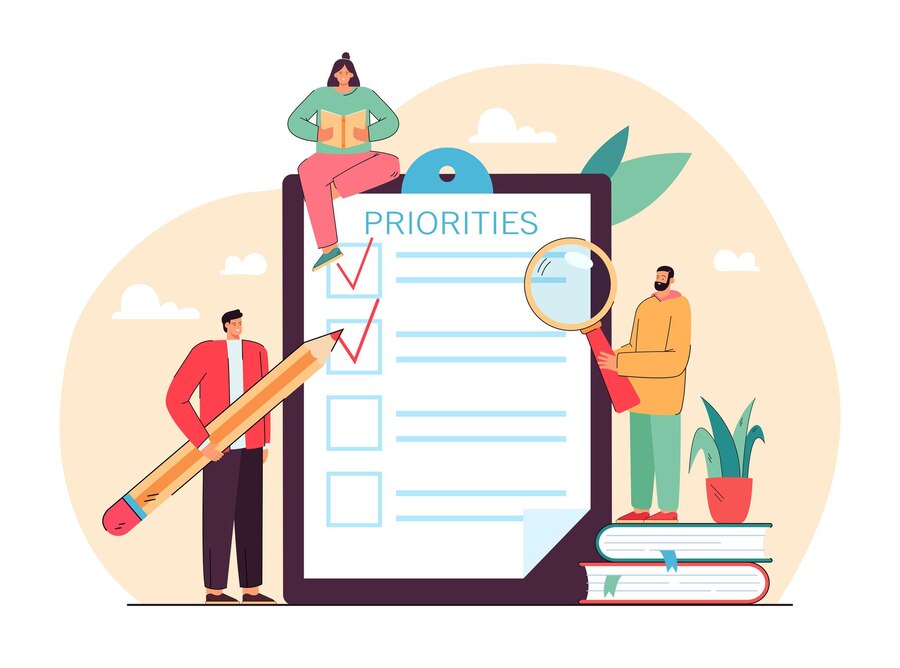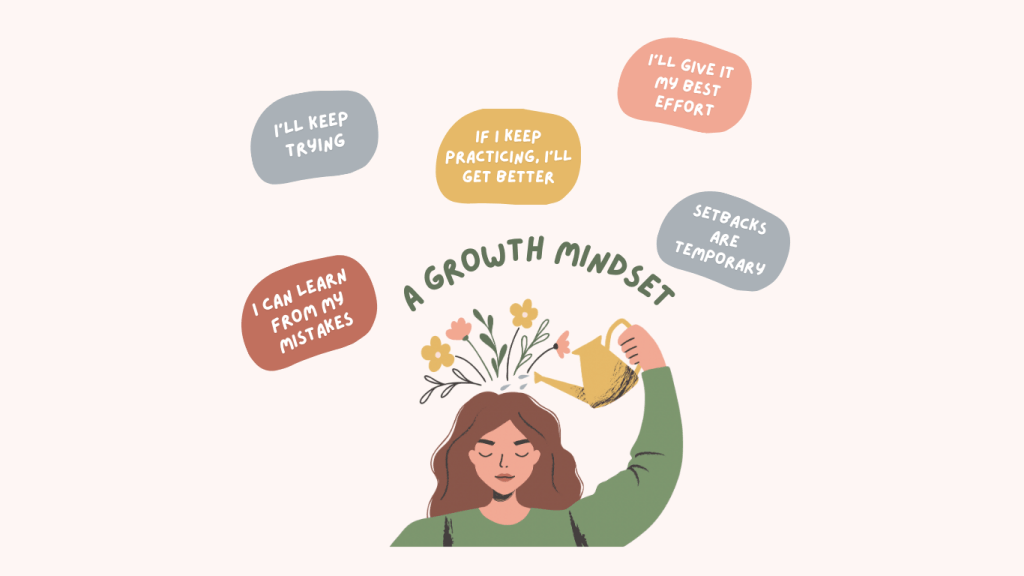
10 Practical Strategies for Teaching Social-Emotional Skills in the Classroom
In the ever-evolving landscape of education, it’s becoming increasingly clear that academic success isn’t the only key to a student’s future. Developing social-emotional skills (SEL) is just as vital for a well-rounded education. These skills encompass a range of abilities, from self-awareness and self-regulation to empathy and effective communication. As educators, it’s our responsibility to foster these skills in our students, not just for their academic success but also for their success in life. In this blog post, brought to you by Open My Network (OMN), we’ll explore ten practical strategies for teaching social-emotional skills in the classroom.
- Start with Self-Awareness
Self-awareness is the ability to recognize and understand one’s own emotions and behaviors. Encourage students to explore their emotions through activities like journaling or mindfulness exercises. By doing so, they can better understand themselves, which forms the foundation of emotional intelligence.
Activities such as journaling or mindfulness exercises can be incredibly effective. When students engage in these practices, they become more attuned to their feelings and thoughts. This self-awareness not only helps them manage their emotions but also contributes to a deeper understanding of their peers and how their actions impact others.
- Teach Conflict Resolution
Conflict is a natural part of human interaction, and learning how to address conflicts constructively is a valuable life skill. To teach conflict resolution, educators can create opportunities for students to practice problem-solving and communication skills.
Group discussions or role-playing activities that simulate real-life conflicts provide a safe space for students to learn how to express their thoughts and feelings, listen to others, and find mutually beneficial solutions. These experiences can help students develop the ability to resolve conflicts respectfully and productively.
- Foster Empathy
Empathy is the ability to understand and share the feelings of others. It’s a skill that promotes kindness, compassion, and a sense of connection with the people around us. In the classroom, fostering empathy can be achieved through various means.
One approach is to engage in literature that explores diverse characters and their experiences, allowing students to step into the shoes of others and gain a deeper understanding of different perspectives. Additionally, involving students in community service projects can help them connect with people from various backgrounds, encouraging empathy and social awareness.
- Promote Active Listening
Active listening is a crucial aspect of effective communication and developing empathy. Encourage active listening skills through activities like “pair-share” discussions. In these discussions, students are prompted to ask open-ended questions and reflect on what their peers are saying.
By actively engaging with others’ thoughts and feelings, students not only improve their communication skills but also gain a better understanding of their classmates and the world around them.
- Practice Emotional Regulation
Emotional regulation is the ability to manage one’s emotions, especially during challenging or stressful moments. In the classroom, providing students with tools for emotional regulation is essential. Techniques such as deep breathing exercises, mindfulness practices, or having a designated “cool-down” area in the classroom can help students effectively regulate their emotions.
By learning how to control their emotional responses, students can maintain composure, make better decisions, and healthily cope with stress.
- Encourage Collaboration
Collaboration is a vital skill in the modern world. In the classroom, educators can promote collaboration by incorporating group projects and team-building activities. These experiences require students to work together, share ideas, and tackle challenges as a team.
Collaborative efforts foster not only cooperation but also improved communication and the ability to appreciate diverse perspectives, which are essential components of social-emotional intelligence.
- Develop Decision-Making Skills
Decision-making is a skill that has a profound impact on a person’s life. In the classroom, educators can empower students by involving them in decision-making processes. Allowing students to make choices about classroom rules, topics of study, or other aspects of their education gives them a sense of ownership and responsibility.
It also teaches them the value of making informed and thoughtful decisions, which is crucial for personal and academic growth.
- Mindfulness and Relaxation Exercises
Stress and anxiety are common challenges that students face. Introducing mindfulness and relaxation techniques into the classroom can be immensely beneficial.
Guided breathing exercises or short mindfulness sessions can help students reduce stress, increase their focus, and develop emotional resilience. These practices empower students to manage their emotions and improve their overall well-being.
- Promote Goal Setting
Goal setting is a fundamental life skill that helps individuals define their objectives and work towards them. In the classroom, educators can assist students in setting realistic and achievable goals.
This not only instills a sense of purpose and motivation but also teaches them the importance of planning and perseverance. By helping students set and pursue their goals, educators contribute to their personal growth and development.
- Create a Safe and Inclusive Environment
A safe and inclusive classroom environment is essential for the effective development of social-emotional skills. In such an environment, students feel comfortable expressing themselves without fear of judgment. Educators can emphasize the importance of respecting differences, celebrating diversity, and practicing kindness and empathy.
When students feel safe and accepted, they are more likely to develop strong social-emotional skills, as they are free to explore their emotions and engage with their peers openly.
In conclusion, these practical strategies for teaching social-emotional skills in the classroom are fundamental to holistic education. They equip students with the tools they need not only for academic success but also for navigating the complexities of life beyond the classroom. By integrating these strategies into their teaching approaches, educators contribute to the personal growth and emotional intelligence of their students, ensuring they are well-prepared for an ever-evolving world.





Responses